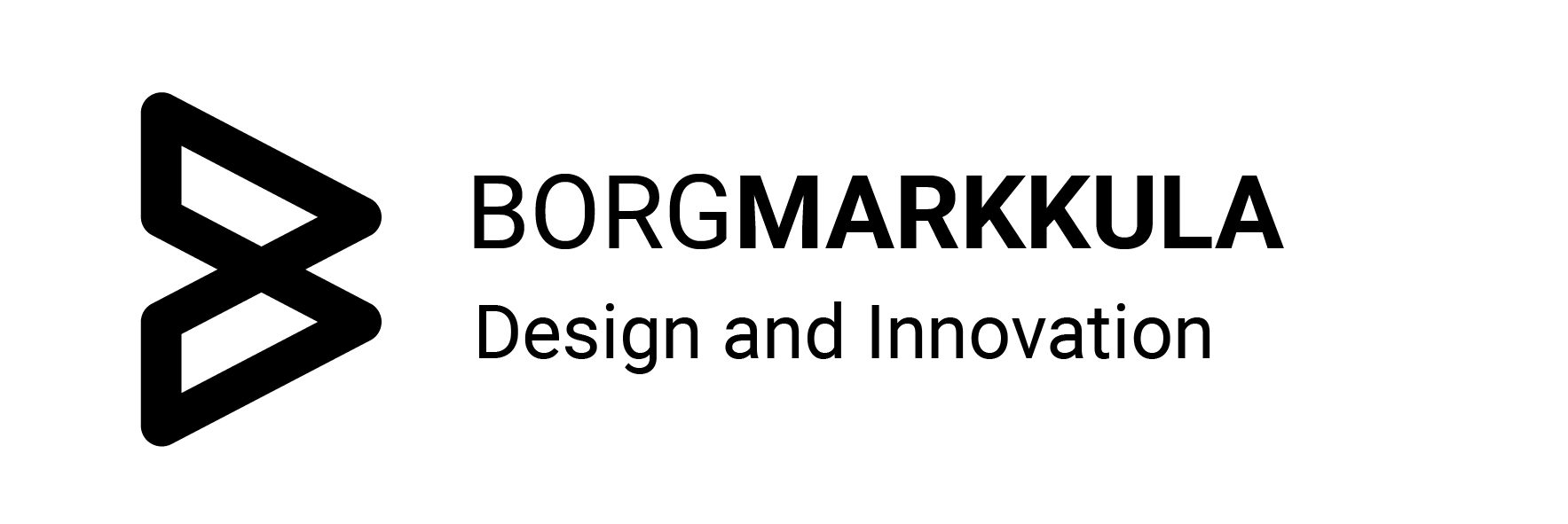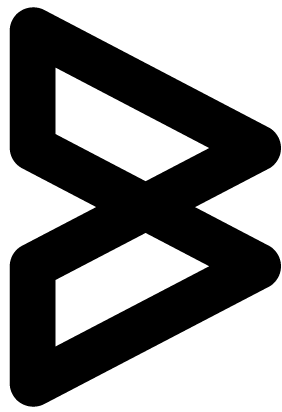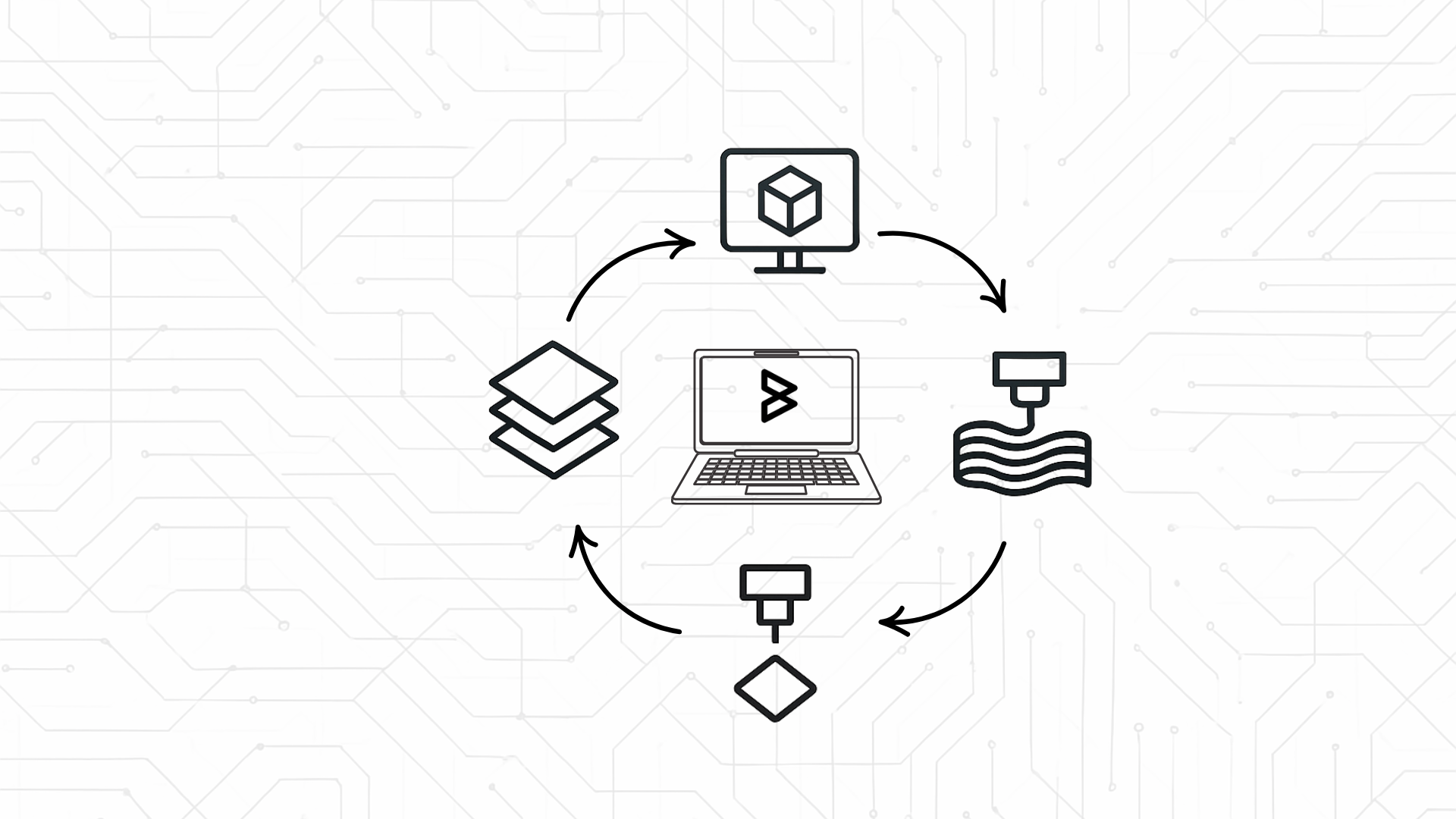
Not All Layers Are Flat: The Revolution of Angled and Non-Planar 3D Concrete Printing
Ever imagined concrete structures that flow like water or twist like sculpted art? Forget everything you know about traditional 3D printing. We’re moving beyond flat, stacked layers to unlock mind-bending architectural possibilities in concrete.
Why Flat Layers Just Don’t Cut It Anymore
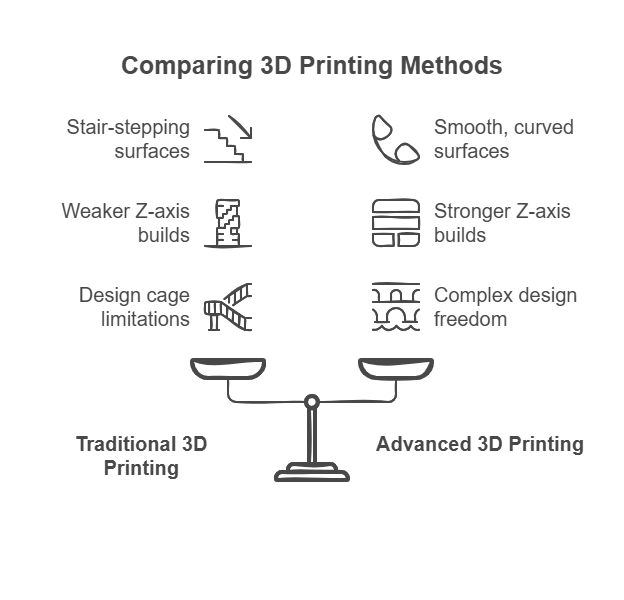
For years, 3D concrete printing built objects like digital LEGOs stacking horizontal layers. While effective for simple shapes, this method has its limits:
- Stair-stepping: Visible layer lines on curves, making surfaces look rough.
- Weaker Builds: Less strength along the Z-axis, where layers meet.
- Design Cages: Struggles with complex curves and overhangs, forcing reliance on wasteful support structures.
The Game-Changer: Angled and Non-Planar Slicing
This is where innovation truly takes shape. Imagine a printer that doesn’t just go up and down, but glides along the actual contours of your design. Angled layering allows for layers to tilt, letting us build things like graceful arches and vaulted ceilings without needing temporary supports. Non-planar slicing takes this a step further: the printer nozzle follows the exact curves of the object, literally sculpting the concrete in three dimensions. It’s like painting with concrete, where every stroke is precisely placed along the form.
The Concrete Benefits: Beyond the Box
Moving beyond flat layers isn’t just a technical trick; it’s a leap forward for construction. By eliminating the stair-stepping effect, non-planar printing delivers incredibly smooth, organic finishes that redefine concrete aesthetics. Structurally, by aligning concrete layers with the actual flow of forces in a structure, we create inherently stronger, more durable builds. This intelligent material placement also means minimal excess material and far less need for wasteful supports, leading to smart, sustainable building. Ultimately, architects can now dream up and build complex, organic forms that were once impossible or prohibitively expensive, unleashing unprecedented design freedom.
The Tech Behind the Curves
Achieving this level of precision isn’t simple. It demands:
- Smart Slicing Software: Forget basic programs. We need sophisticated algorithms that can calculate intricate, curved toolpaths for every print.
- Multi-Axis Printers: These aren’t your typical 3-axis machines. We’re talking about robotic arms capable of precise, coordinated movement in many directions simultaneously.
- Pinpoint Calibration: Every single component must be perfectly calibrated to ensure the print head follows those complex curves with absolute accuracy.
Case study exercise: The “Urban Oasis” Park Pavilion
Imagine a city designing a unique park pavilion, a large, flowing canopy with integrated seating and planters that organically emerge from its form. Building this conventionally would mean extensive, custom formwork, huge waste, and a lengthy timeline.
(Visualize a stunning, free-form concrete pavilion in a park. Its roof curves gracefully like a natural wave, and benches appear to grow directly from its base. The surfaces are smooth, almost sculpted, and plants are integrated into pockets within the concrete.)
With angled and non-planar 3D concrete printing, this vision becomes reality. Architects design the organic curves, and specialized software generates precise G-code. This code guides a multi-axis printer, depositing concrete in continuous, non-planar layers that follow every contour. Crucially, sections like the sweeping roof are printed with layers angled up to 55 degrees, optimizing strength and drainage, impossible with flat layers without costly supports.
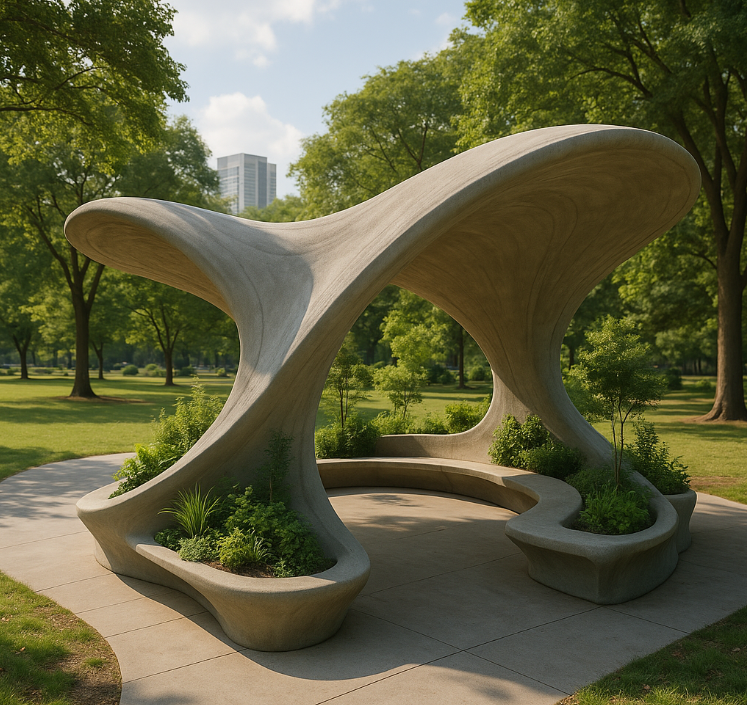
The efficiency gains are compelling. Traditional builds might see 25-30% material waste; here, waste is less than 5%. Construction time shrinks dramatically, from 10-12 weeks to just 2-3 weeks for the printed structure, thanks to continuous operation and a 50-70% reduction in on-site labor. This translates to a projected 15-25% saving in overall costs for the pavilion. The “Urban Oasis” project isn’t just beautiful; it’s a testament to sustainable, rapid, and aesthetically groundbreaking construction.
The Future Isn’t Flat, It’s Sculpted
Angled and non-planar slicing is a game-changer for concrete 3D printing. It’s about more than just efficiency; it’s about unlocking new frontiers in design, structural integrity, and sustainability. As this technology matures, concrete is no longer just a rigid building block, but a fluid medium for creating complex, breathtaking architectural and infrastructural marvels. The future of construction isn’t just printed; it’s sculpted, layer by incredible, non-planar layer.
Want to stay ahead of the curve in digital fabrication and see more innovations like these? Connect with us on LinkedIn to explore cutting-edge projects and insights shaping the future of construction.
Sounds interesting right?
Book a free 30-minute call with us to discuss your project:
Schedule here on Calendly
https://calendly.com/kane-borgmarkkula/30min
